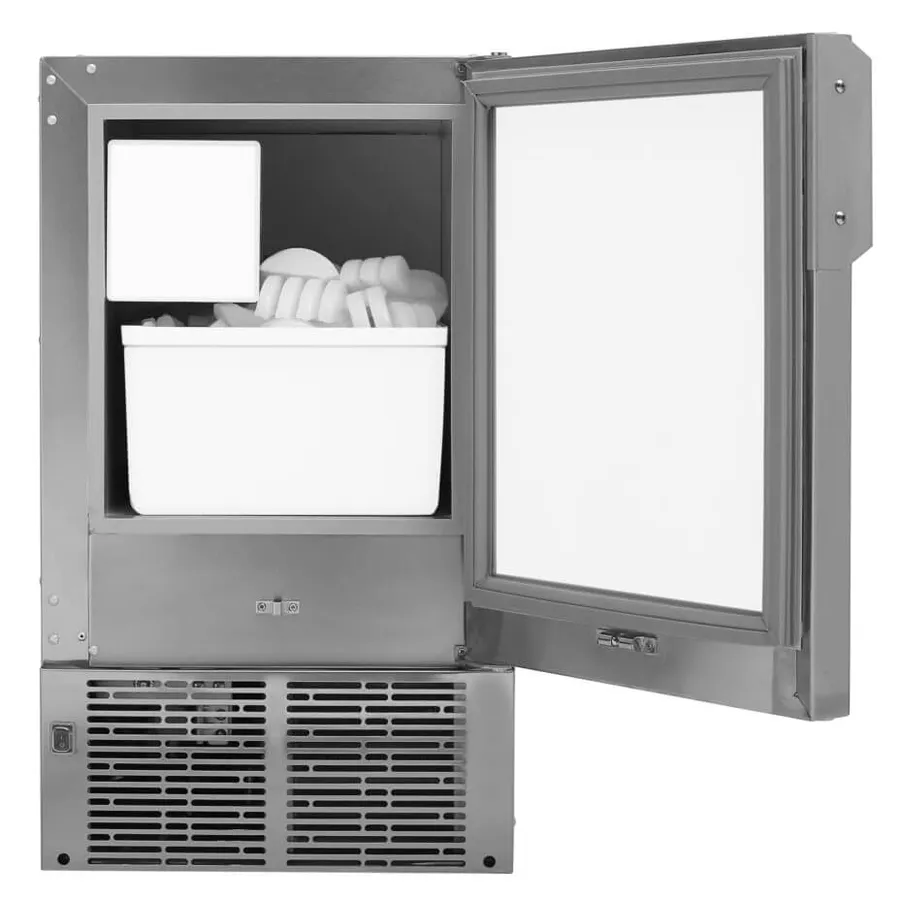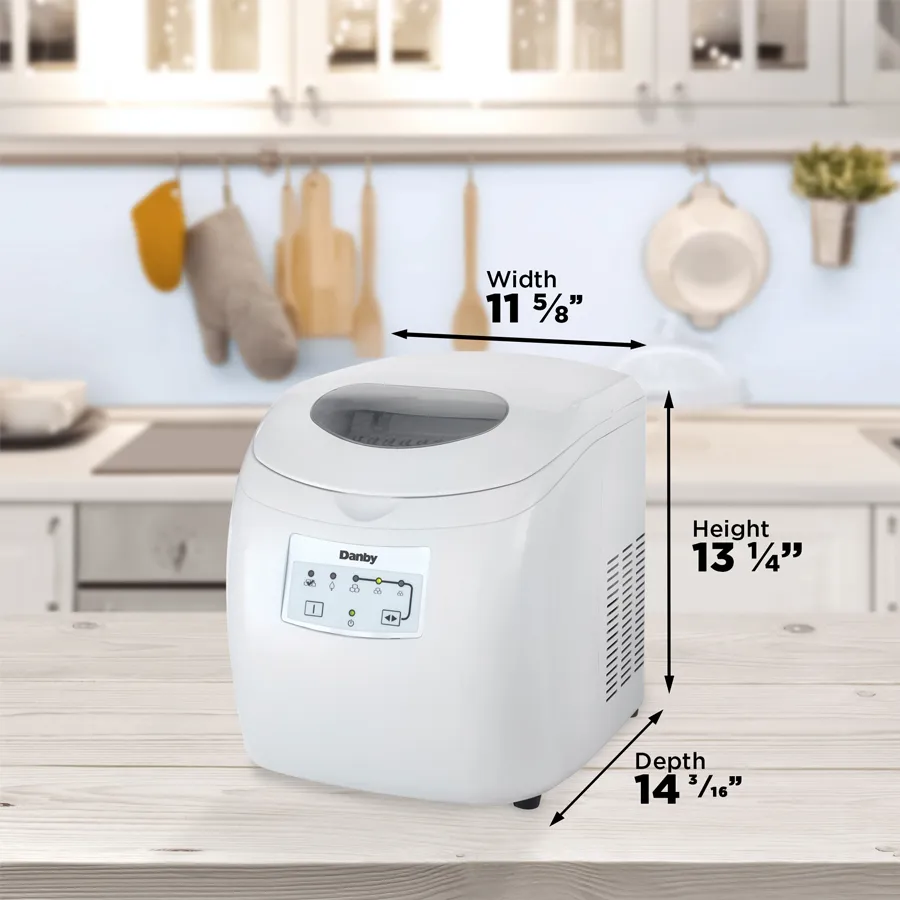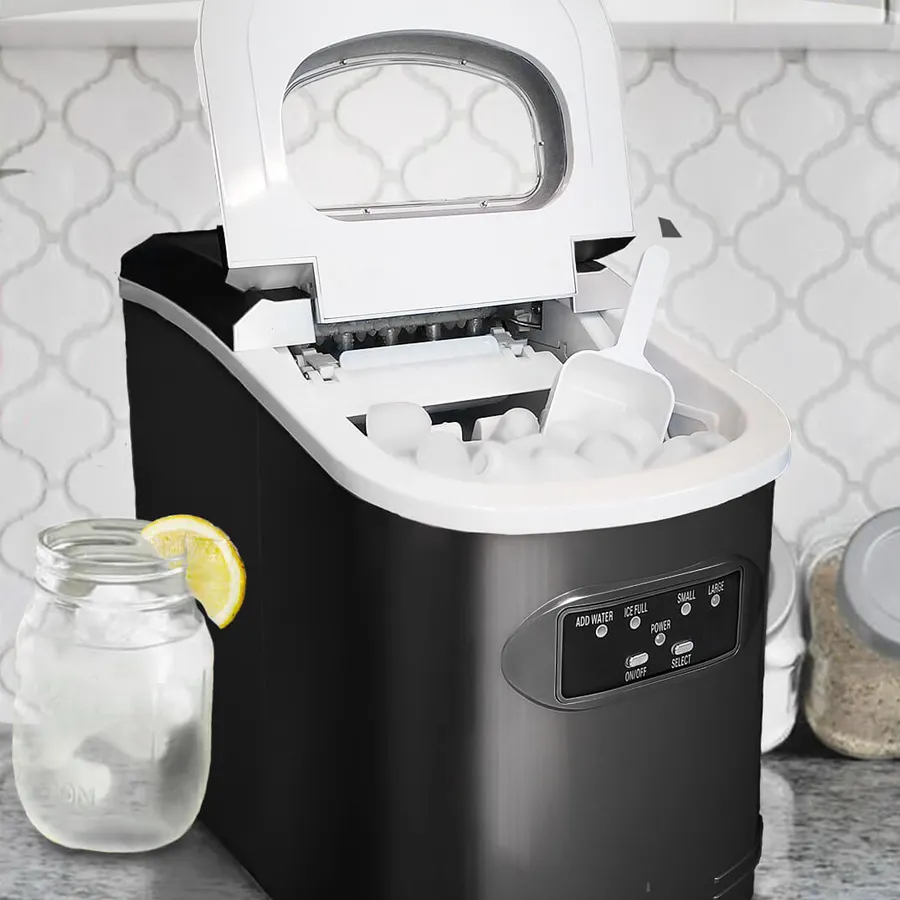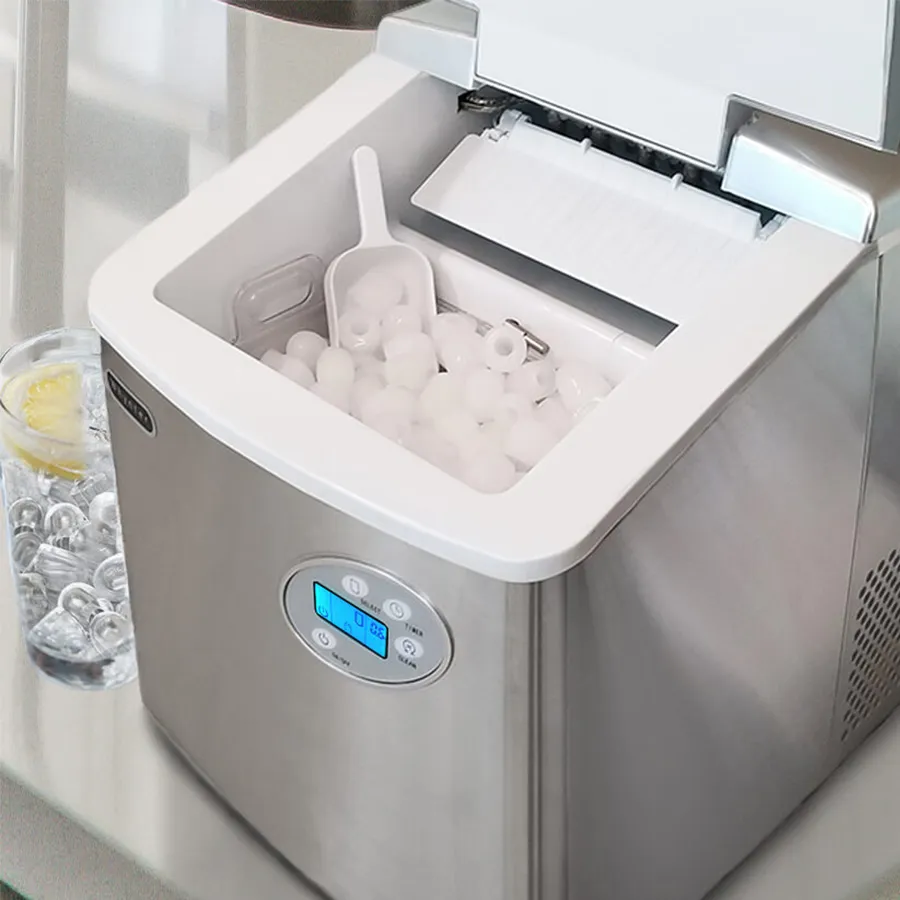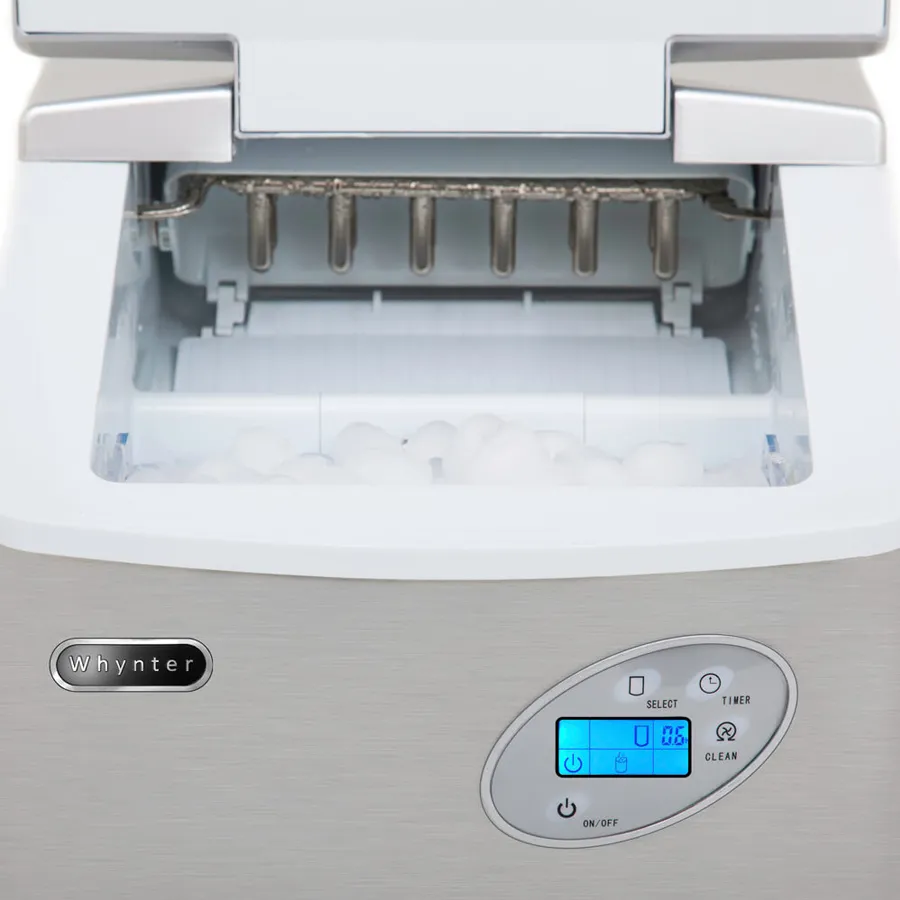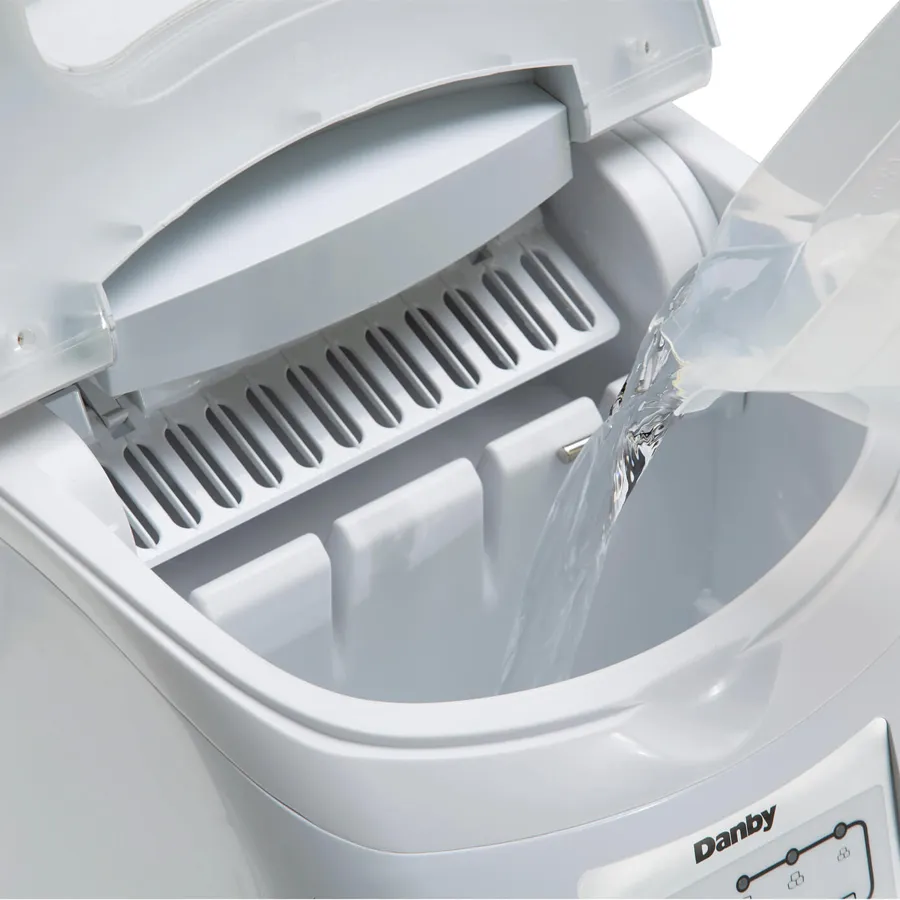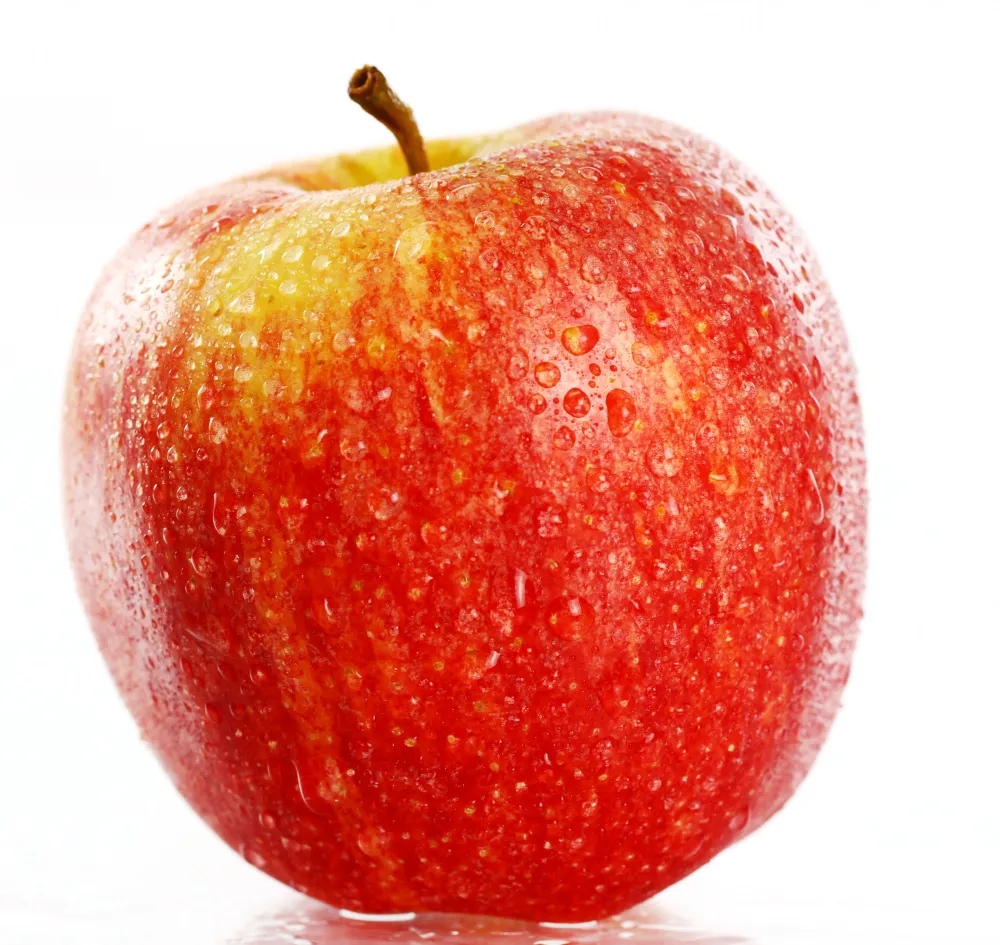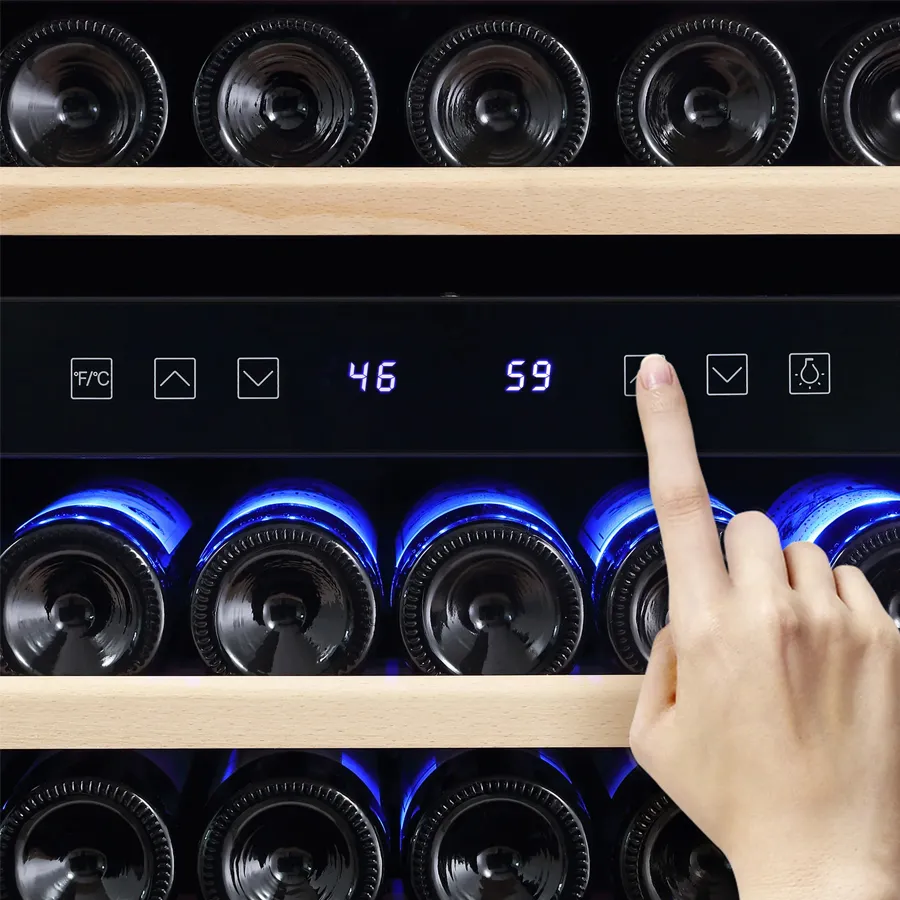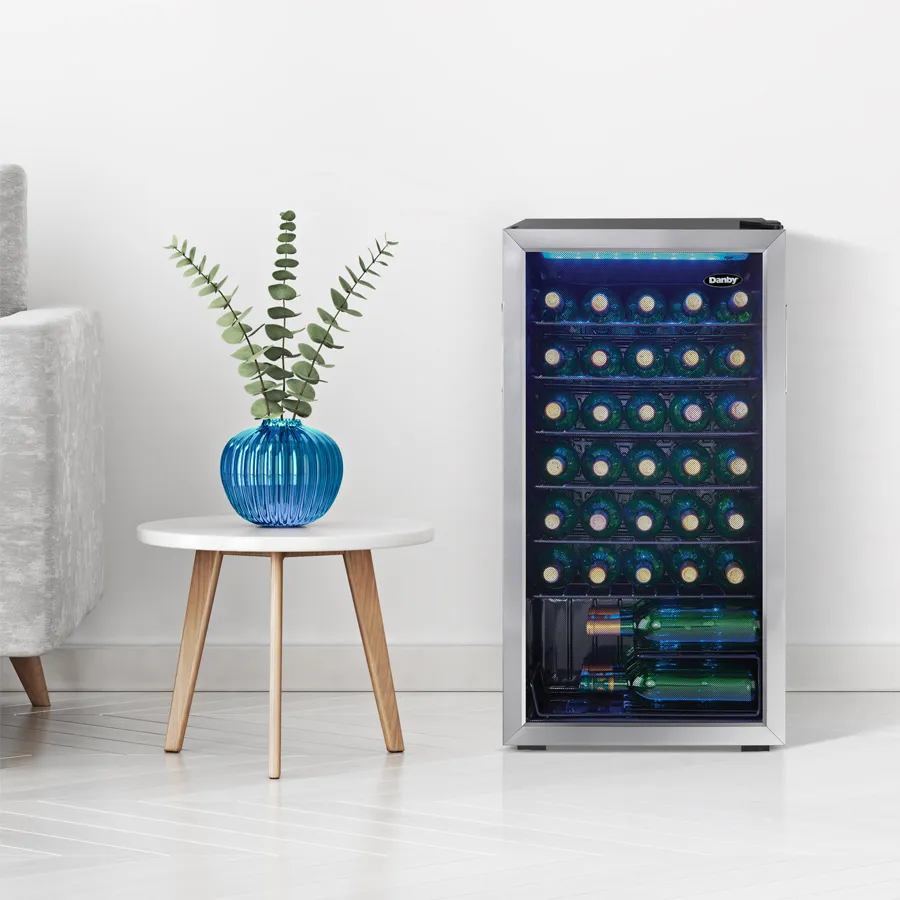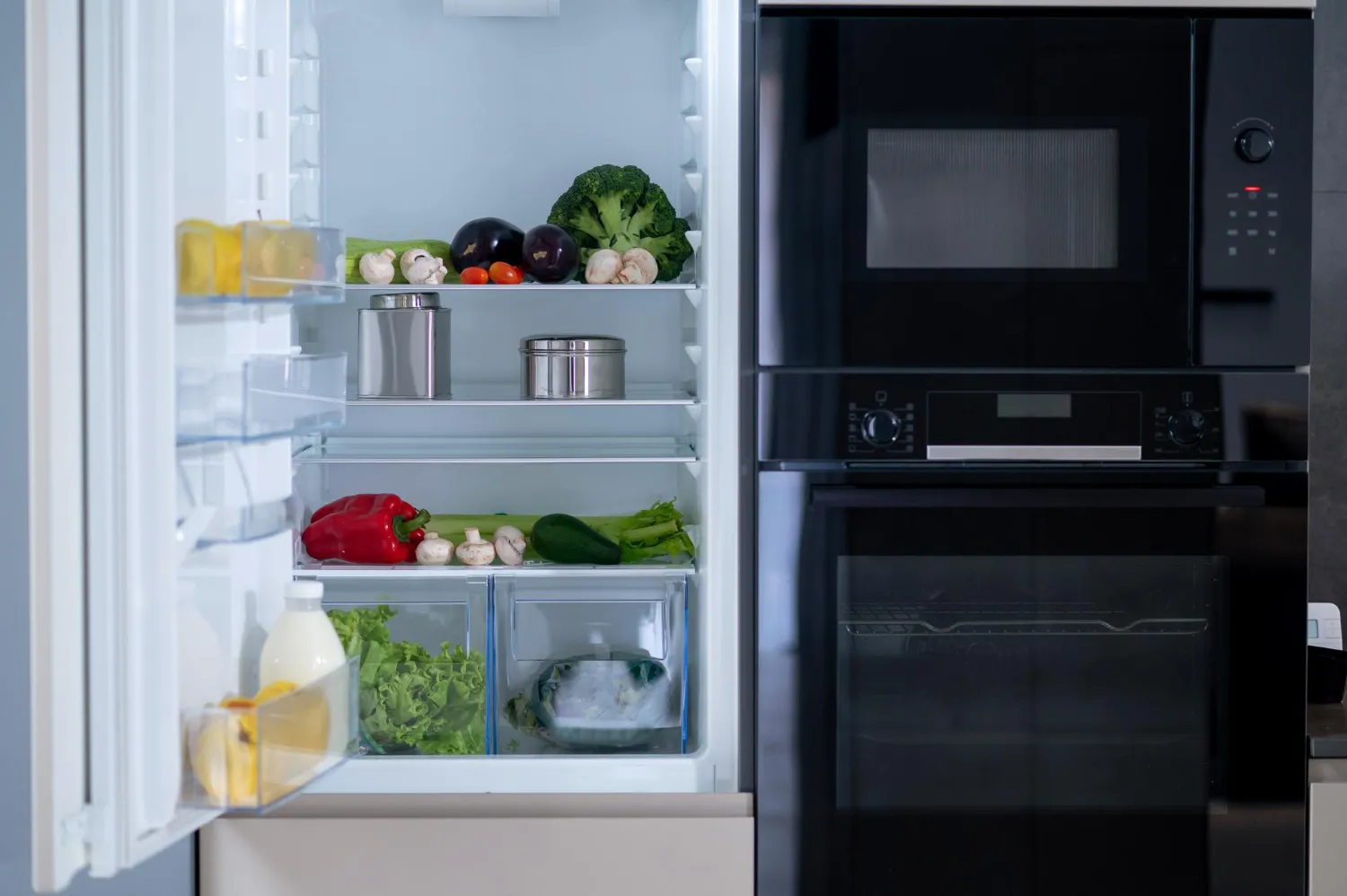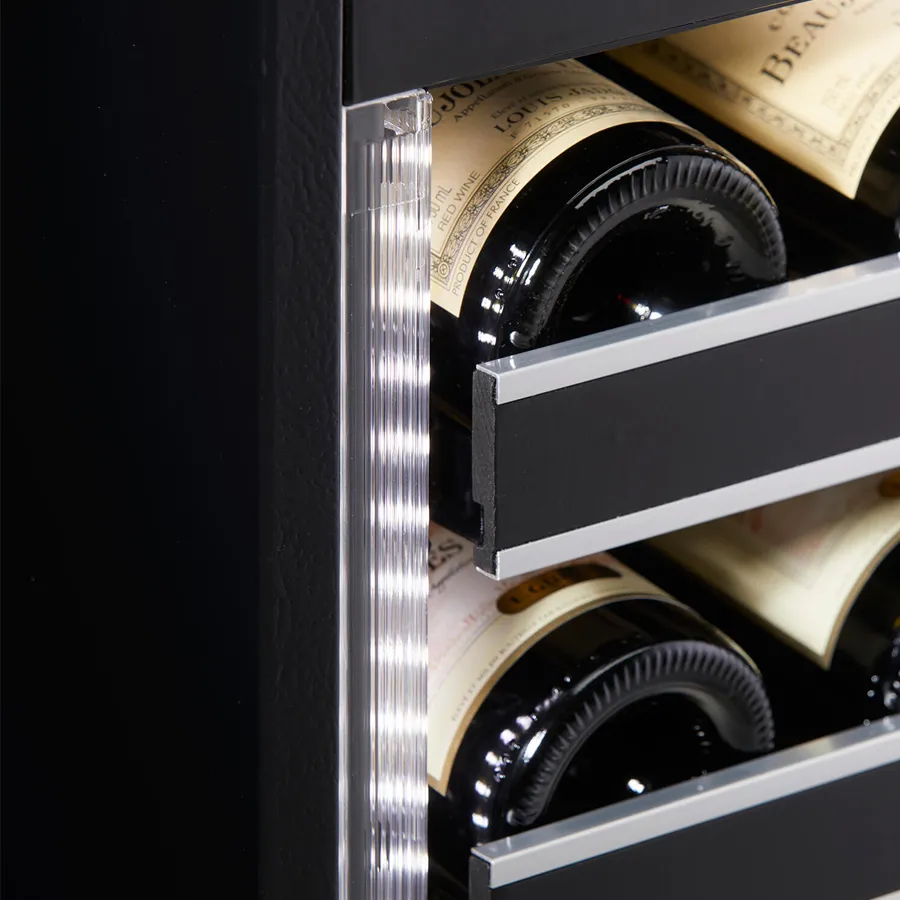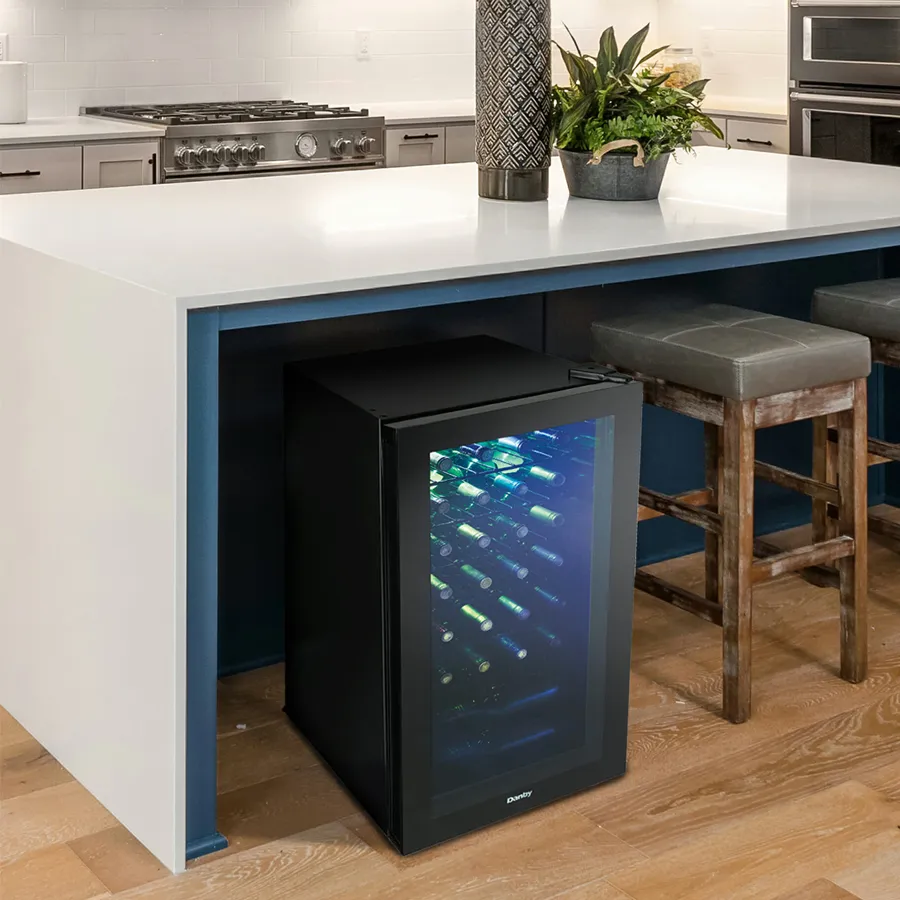Keep your ice maker clean and well-maintained to prevent mold growth. Mold remediation is an essential step in eliminating mold in your ice maker. Below are some effective strategies to help you remove and prevent mold in your ice maker.
Mold Infestation Signal in Your Ice Makers
Mold is a type of fungus that thrives in damp, dark environments. It can appear as fuzzy patches of different colors, including black, green, or white. Mold reproduces through lightweight spores that travel through the air and can quickly spread and colonize new areas. When mold spores land on a suitable surface and find moisture, they can begin to grow and spread rapidly. Some molds can produce toxins that pose health risks if ingested or inhaled, making it essential to prevent its growth in your ice maker.
If you suspect that your ice maker has mold, you can identify it by looking for black or green spots in the ice bin or on the ice itself. Additionally, you may notice a musty or unpleasant odor coming from the ice maker. If you notice any of these signs, it’s important to act quickly to clean and disinfect your ice maker to prevent further mold growth.
Here are some signs that may indicate a mold problem in your ice maker:
- Visible Mold: Check for any visible signs of mold growth in and around the ice maker. Mold can appear as dark spots, specks, or even a fuzzy texture.
- Unpleasant Odor: Mold often produces a musty or unpleasant odor. If you notice an unusual smell coming from your ice maker, it could be a sign of mold growth.
- Tainted Ice: If your ice has an off-putting taste or odor, it might be an indication of mold contamination. Mold can affect the quality and taste of ice.
- Discolored Ice: Mold can cause discoloration in ice cubes. If you notice any unusual colors, such as black, brown, or green, it may be a sign of mold.
Use Effective Cleaning Solutions To Prevent Mold
When it comes to cleaning and disinfecting your ice maker, it’s important to use effective cleaning solutions and techniques. You can use a mixture of warm water and mild dish soap to clean the ice maker. After cleaning, use a solution of one part vinegar to three parts water to disinfect the ice maker. Be sure to thoroughly rinse and dry all surfaces to prevent mold from returning. Regularly cleaning and disinfecting your ice maker will help to prevent mold growth and ensure that you have clean, safe ice for your drinks.
Cleaning Regular To Prevent Mold
Make sure to empty and clean the ice bin regularly, ideally at least once a month. This will remove any lingering water and prevent mold from forming. Additionally, periodically check and replace the water filter to ensure the water going into the ice maker is clean and free from impurities. Lastly, consider running a cleaning cycle with a vinegar solution every few months to thoroughly clean the internal mechanisms of the ice maker.
Prevent Mold Accessories For Ice Makers
If you’re looking for additional ways to prevent mold in your ice maker, there are a variety of innovative products and accessories available on the market. Consider investing in an ice maker cleaning kit that includes specialized cleaning solutions and tools designed specifically for ice makers. Some kits even come with mold-resistant ice trays or bins. These products can significantly reduce the risk of mold growth in your ice maker and ensure that the ice you use is clean and safe.


